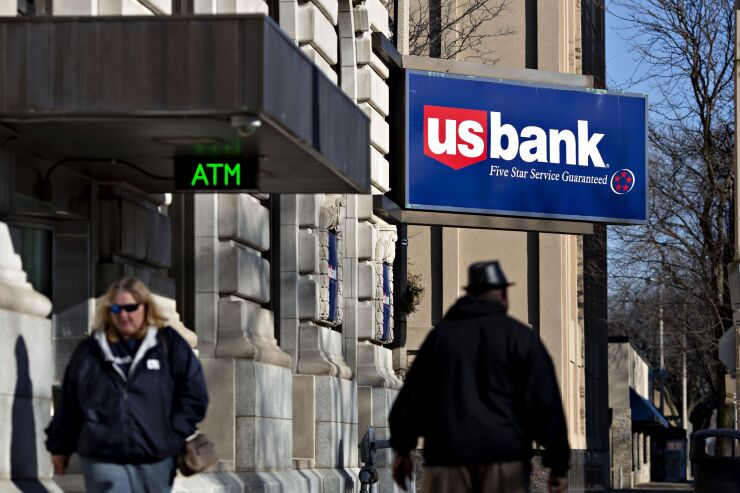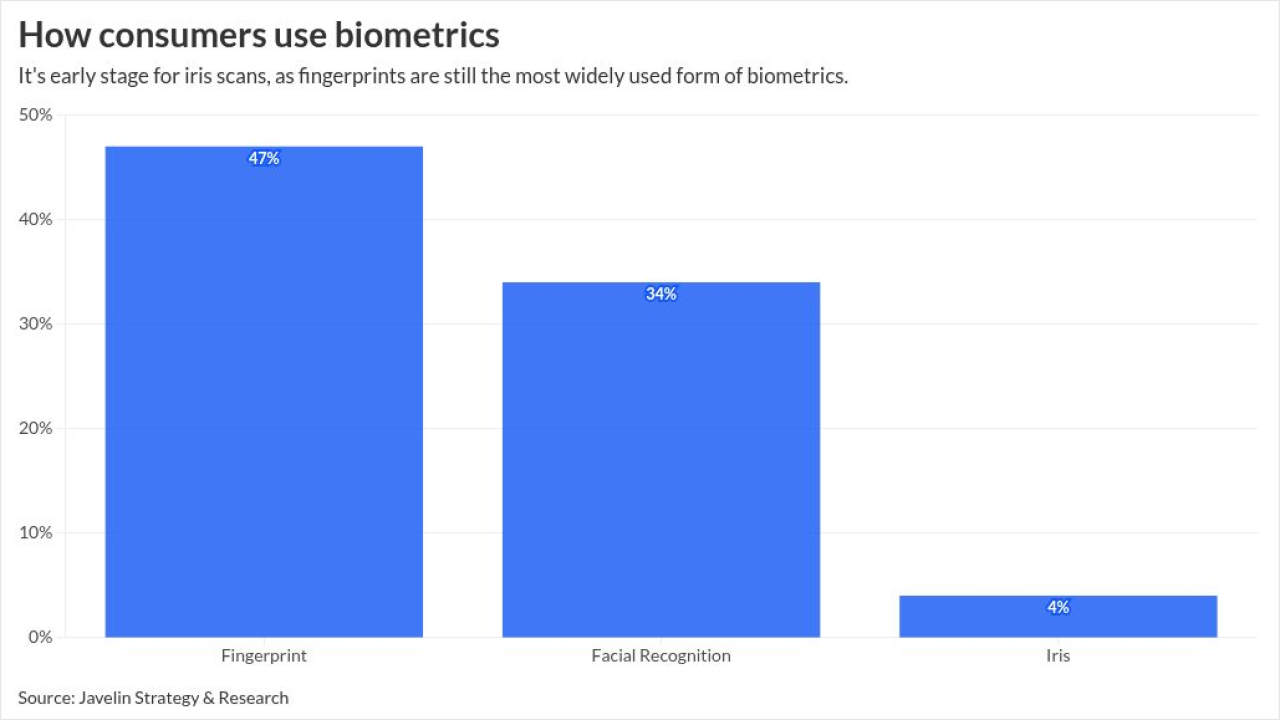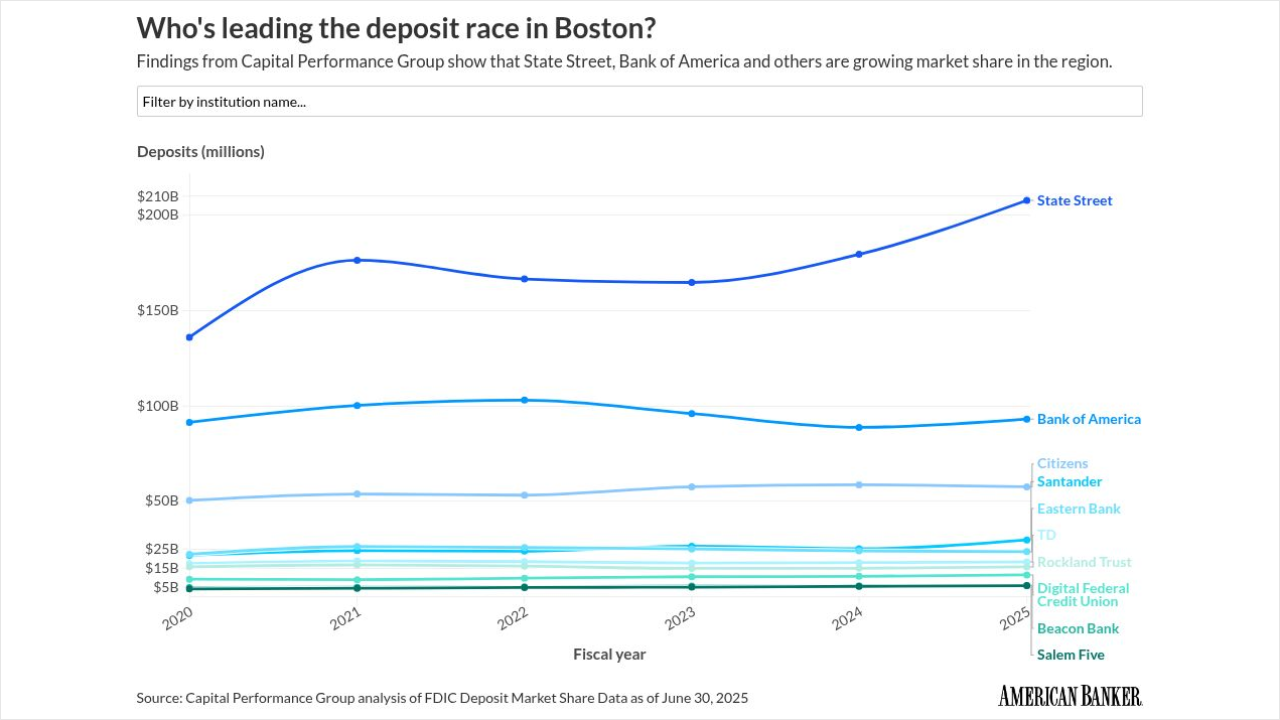- Key insight: U.S. Bank was named custodian of Anchorage Digital Bank's stablecoin platform, and it's kick-started other crypto-related offerings.
- What's at stake: Stablecoin custody shifts could alter correspondent banking economics and counterparty exposures.
- Forward look: Prepare for growing bank stablecoin pilots, potential proprietary issuances, and tighter regulation.
Source: Bullets generated by AI with editorial review
When U.S. Bank was recently named the custodian for Anchorage Digital Bank's new stablecoin platform, it wasn't the bank's first such customer and it's unlikely to be the last, according to Stephen Philipson, vice chair and head of wealth, corporate, commercial and institutional banking at U.S. Bank.
In the bigger picture, the Minneapolis bank is not only custodying reserves for multiple stablecoin providers, it's also relaunched a bitcoin custody service it originally rolled out in 2021, launched a crypto ETF and is contemplating issuing its own stablecoin.
"We are one of the largest custodians of institutional assets in the marketplace," Philipson told American Banker. "We have $11.7 trillion in assets under custody administration. It's a big business for us that we've been in for many years. We're in the business of providing assurance to asset holders, whether you're serving as trustee on a corporate bond or serving as administrator on a mutual fund, that the assets are there, that they're accounted for appropriately."
Anchorage Digital Bank announced in August that it built the capability to launch white-label, federally-regulated stablecoins. The offering is designed to let banks and other companies issue their own branded stablecoins to the U.S. market.
Last week, Anchorage disclosed its choice of U.S. Bank as custodian. Custodians hold and oversee the underlying assets and provide assurance that they exist. In Anchorage's case, these assets are Treasurys and highly liquid short-term fixed-income investments, Philipson said.
"This isn't our first time being custodian of a stablecoin, but it's a natural role for us to play in this ecosystem, given we are one of the strongest rated banks," Philipson said. He declined to say which other stablecoins the bank provides custody for; these clients prefer to keep their custody relationships private.
A small number of banks offer stablecoin custody today, including BNY, the custodian for the reserves of Circle's USDC and Ripple's RLUSD. In American Banker's
More banks are getting ready to offer custody of stablecoins and other digital assets.
In American Banker's survey, 11% of banks and credit unions said they plan to offer crypto custody within the next 12 months. An additional 32% of respondents are currently in discussion with no plans to launch custody services within the next 12 months, the research found.
More broadly, 15% of respondents said their institutions were either planning to offer within the next 12 months or are currently offering or piloting custodianship for publicly traded cryptocurrencies such as bitcoin and ether. A further 31% are in discussion about custody but have no plans to launch something within the next 12 months.
The biggest opportunity for growth in stablecoins, from Philipson's perspective, is in cross border payments, especially for transactions in developing countries.
Stablecoin skeptic Amanda Fischer, policy director and chief operating officer of Better Markets, agrees with cross-border payments as a use case, with reservations.
"International stablecoin transfers are quicker than using Swift, but when a customer moves stablecoin value they're not actually sending or receiving money that can be spent," Fischer, who will be a guest on the next American Banker podcast, told American Banker. "They're sending or receiving an unsecured claim on the stablecoin issuer. If the user wants to convert that stablecoin into cash that they can use for real-world payments, they'll still need to rely on correspondent banks. Moreover, stablecoin transfers are not without risks. In addition to counterparty risk of the stablecoin issuer, blockchains feature volatile pricing depending on network traffic and unique cybersecurity risks."
Philipson said stablecoins solve problems in cross border payments, "especially in areas like developing countries, where you can do it in a much more cost efficient manner," he said.
Another stablecoin use case U.S. Bank talks to clients about is intracompany payments.
"If you have operations all over the world, it can be a more efficient and cost efficient way to move money from an intracompany basis," Philipson said.
U.S. Bank is also, like some other banks, considering issuing a proprietary stablecoin with a partner or consortium.
"We're evaluating all of those opportunities post the Genius Act," Philipson said.
American Banker's survey found that 2% of respondents have already launched a stablecoin and 2% are piloting one, 4% are planning to pilot or launch a stablecoin and 4% are planning to partner with other banks in a bid to issue a stablecoin.
Seventy percent of respondents are either in the early stages of discussing a stablecoin issuance, or haven't yet discussed launching a stablecoin. Fifteen percent said they have decided against launching a stablecoin.
U.S. Bank's crypto ambitions don't stop at stablecoins. Last month, the bank relaunched cryptocurrency custody services it originally announced in 2021. The services are intended for institutional investment managers with registered or private funds who seek a secure safekeeping solution for bitcoin. NYDIG, a bitcoin financial services and infrastructure firm, will act as the bitcoin sub-custodian.
"We're proud that we were one of the first banks to offer cryptocurrency custody for fund and institutional custody clients back in 2021, and we're excited to resume the service this year," Philipson said in a statement. "Following greater regulatory clarity, we've expanded our offering to include bitcoin ETFs, which allows us to provide full-service solutions for managers seeking custody and administration services."
Citi researchers have projected the stablecoin market will hit $2 trillion by 2028 to 2030.
"We've gone out and asked clients who's using it, beyond just the crypto universe that's trying to get off chain and on chain," Philipson said. "The early adopters seem to be multinational companies that are piloting it for intercompany money movement and cross-border payments.
"It's definitely something the banking industry can't ignore," he said. "This custody space is an area where we think we already provide a lot of value, and so plugging [stablecoins] into it allows us to partner in that ecosystem and sort of watch and see how it develops."






